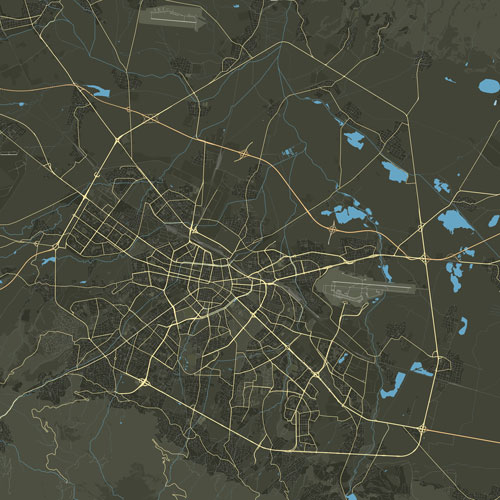The reserve is on the main migration route of migratory birds between Europe and Africa – “Via Pontica”. There are several legends about the origin of the name “Silver”. One is about Khan Srebrun, who died here in an unequal battle with the Pechenegs. The second tells of a boat full of silver buried somewhere on the shore. But most likely the name comes from the beauty of the lake under a full moon, when the water mirror looks like molten silver.
In 1880, Eduard Hodek stayed here for a few days and described his impressions in the article “The Home of Migrants”. This was the first scientific publication about the area. But the lake also suffered the first tragedy: Leo von Kalbermatten and his men killed thousands of herons, because the then fashion demanded that women’s hats be decorated with the feathers of these birds. In 1890, Srebarna was visited by the famous Austrian ornithologist Ottomar Reiser, who described his observations in the book “Materials on the Ornithofauna of the Balkans”.
The famous Bulgarian environmentalist Alexi Petrov, who ended up here in 1911 and then in 1940, proposed that hunting in and around the lake be prohibited. In 1948, it was declared a reserve, but a year later a dike cut off its connection with the Danube and its agony began, which ended only after three decades. In 1983, Srebarna was declared a monument of world cultural and natural heritage under the auspices of UNESCO.
Today in the natural history museum you can see an exhibition of stuffed inhabitants of the reserve. What’s more, the video camera placed in the marsh itself allows the pelicans to be observed from the museum itself, and many other birds can also be seen from the observation decks along the eco-trail. In addition, it gives the inquisitive visitor the opportunity to see how great the plant wealth of Srebarna is – 139 species of higher plants, some of which are in danger of disappearing outside the territory of the lake. The main plant species is reeds, water lilies, marsh snowdrops, and papyrus also grow.
The animal world in the reserve is also very diverse. There are 47 species of mammals, 27 species of reptiles and amphibians and over 21 species of fish, including pike, carp, redfin. Until 1949, the waters of the lake were clean and transparent and even teemed with huge catfish.
were the floating reed islands, reaching large sizes and called by the local population “kochki”. They were never flooded and birds preferred them to build their nests.
The reserve has always been known mostly for its birds. They are over 220 species: the famous curly-headed pelican, cormorants, herons, swans, geese, ducks and many others. Among the rare and endangered species we can mention the brilliant ibis, the shoveler, the little cormorant, the red heron, the red-headed tern, the white-cheeked tern, the black jay, the black woodpecker, the whiskered tit and many others. Otters, muskrats, lake crayfish, turtles, water rats also live here. The sea eagle and the osprey do not nest in the reserve, but they hunt. In its buffer zone, the rare red heron is found, and in winter, the globally endangered red-breasted goose and little white-fronted goose and about 30,000 birds of many other species are held or wintered.
Here, of course, all activities are prohibited, with the exception of visits to collect seed material, wild plants and animals for scientific purposes, the passage of people, but only on the marked paths, carrying out maintenance, regulation or restoration measures.
The famous traveler and artist Felix Kanitz was the first to direct the attention of the European scientific community to the rich and diverse flora and fauna of this area. He uttered a famous phrase that should not be forgotten: “Silver is the Eldorado of waterfowl.”
See the site on the UNESCO World Heritage List .
Work time:
Working hours:
from April 1 to September 30 – from 08:00 – 17:00. (every Thursday is a free day)
from October 1 to March 30 – 08:00 – 16:00 (Saturday and Sunday – day off)
Entrance fees:
Adults – BGN 5.00.
Students, pensioners, people with disabilities – BGN 1.00.
Photography – BGN 5.00.
Talks- BGN 6.00.
Contacts:
Regional inspection of the environment and water, city of Ruse
Phone: +359 82 820 778

